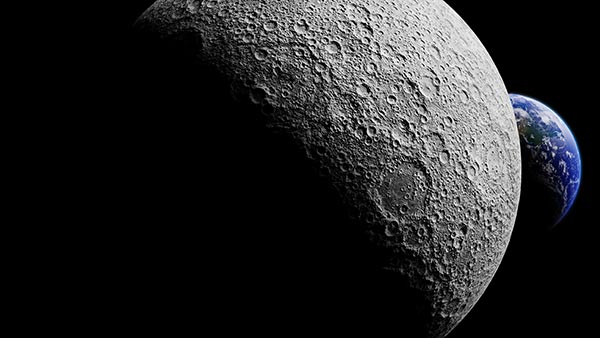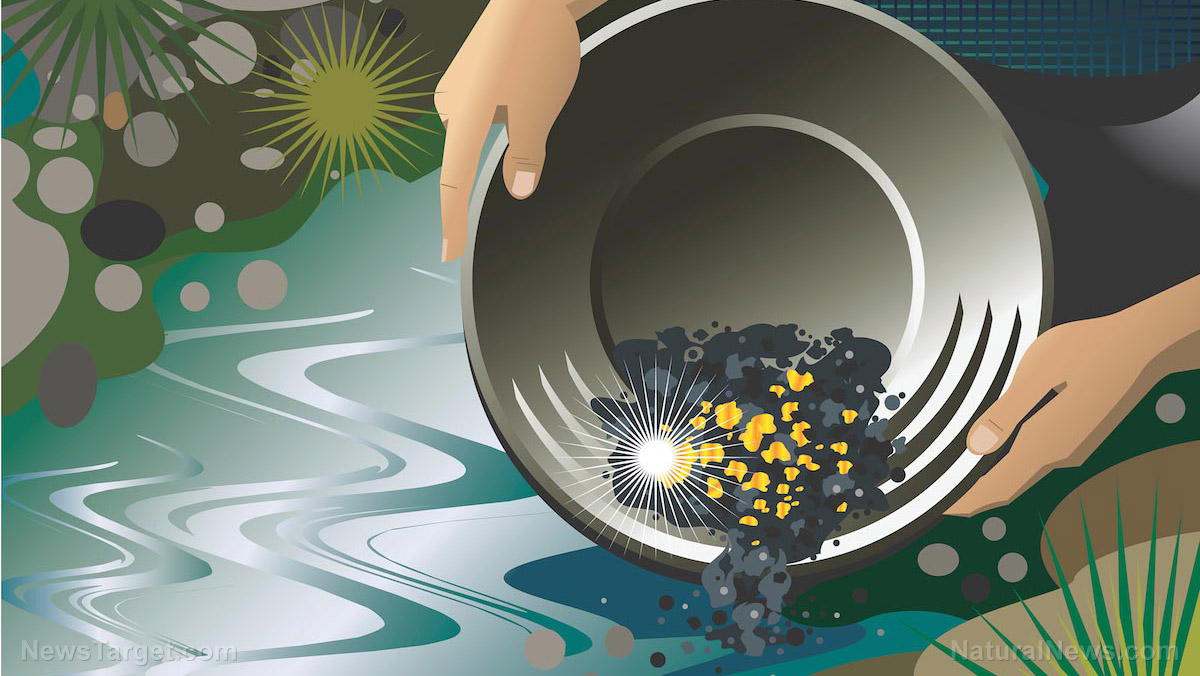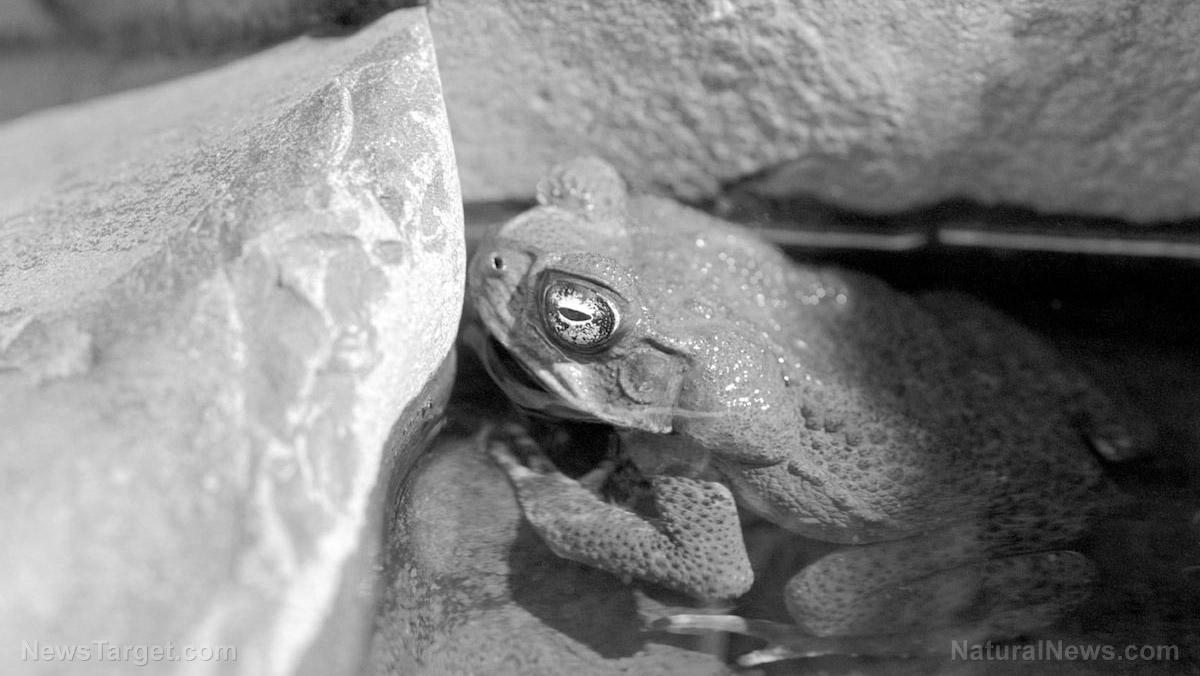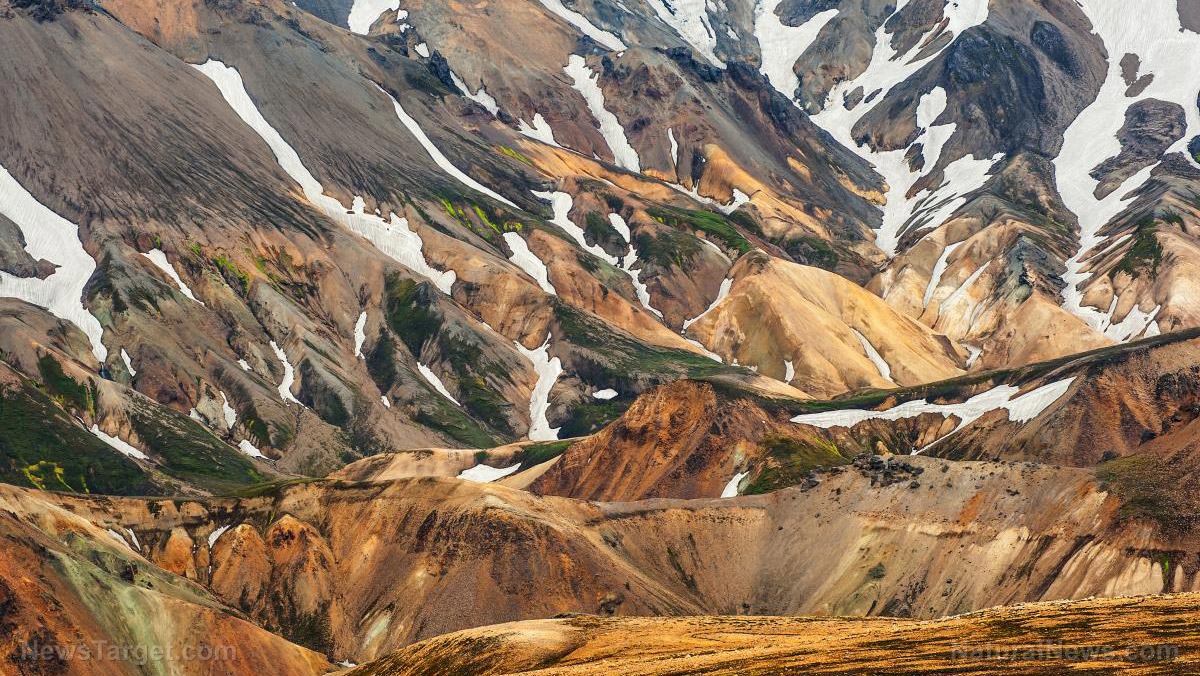
A new study published in the Astrophysical Journal Letters shows that Earth's magnetic field may have helped bring water to the moon. An international team of researchers found that a stream of particles called the "Earth wind" bombard the moon whenever the latter crosses the magnetosphere – the region of space surrounding Earth where the dominant magnetic field is the magnetic field of the planet.
The Earth wind is created by the interactions between the planet's magnetic field and the solar wind, a stream of energized, charged particles flowing outward from the sun. When the Earth wind hits the moon, hydrogen and oxygen particles may react to form water.
The "water bridge" from Earth to the moon
Scientists have known for some time that the moon harbors water. Orbiters show that the dark side of the moon contain deposits of ice while lunar soil bears trace amounts of water. Last year, the National Aerospace and Space Administration (NASA) found that water also exists in sunlit areas of the moon.
But it remains unclear where lunar water originated. The prevailing theory pins the source to the solar wind, which carries hydrogen ions that bombard the lunar surface and can spontaneously react to make water.
However, computer models predict that up to 50 percent of the water in the moon's high-latitude regions should evaporate during the full moon. For three to five days every lunar cycle, the moon passes through the magnetosphere, which blocks the solar wind from reaching the lunar surface so that water could not be regenerated faster than it was lost.
But data from India’s Chandrayaan-1 satellite’s Moon Mineralogy Mapper shows that water doesn’t disappear completely during the full moon, suggesting lunar water has another source.
To that end, the researchers compared a time series of water surface maps before, during and after the magnetosphere transit to identify this second source. They found that the Earth wind can also ply the moon with particles needed to produce water.
The team confirmed their finding by looking at data from Japan's Kaguya mission. Kaguya observations during the full moon showed that high concentrations of oxygen isotopes from Earth's ozone layer, as well as hydrogen ions from the planet's extended atmosphere, get embedded in lunar soil.
Based on these findings, the researchers hypothesized a "water bridge" from Earth to the moon. This bridge, according to the researchers, is active during the days of the month when the moon is inside the magnetosphere and replenishes lunar water lost to evaporation. (Related: The Moon has plenty of water – frozen below the surface.)
The researchers said that future studies of the solar wind and planetary winds can reveal more about the evolution of water in the solar system and shed light on the potential effects of solar and magnetosphere activity on other moons and planetary bodies.
Earth's oxygen has been rusting the moon
Another study, published last year in the journal Science Advances, suggests that Earth's oxygen has likely been rusting the moon for billions of years. Researchers arrived at this conclusion after finding higher concentrations of hematite, an oxidized iron mineral, in high-latitude lunar regions facing Earth than in other areas.
"More hematite on the lunar nearside suggested that it may be related to Earth," said Shuai Li, a researcher of planetary geology at the University of Hawaii at Manoa and the lead author of the study.
The researchers suspect that the solar wind may have been delivering Earth's oxygen to the moon every time the latter enters the planet's magnetotail, a region in the magnetosphere that is swept back by the solar wind in the direction away from the sun. They noted that the Kaguya mission previously showed that the solar wind can transport oxygen from the Earth's upper atmosphere to the lunar surface. Therefore, Earth's atmospheric oxygen may be the major oxidant producing the moon's hematite.
"This discovery will reshape our knowledge about the moon's polar regions," said Li. "Earth may have played an important role [in] the evolution of the moon's surface."
Space.news has more about fascinating findings in space.
Sources include:
Please contact us for more information.





















